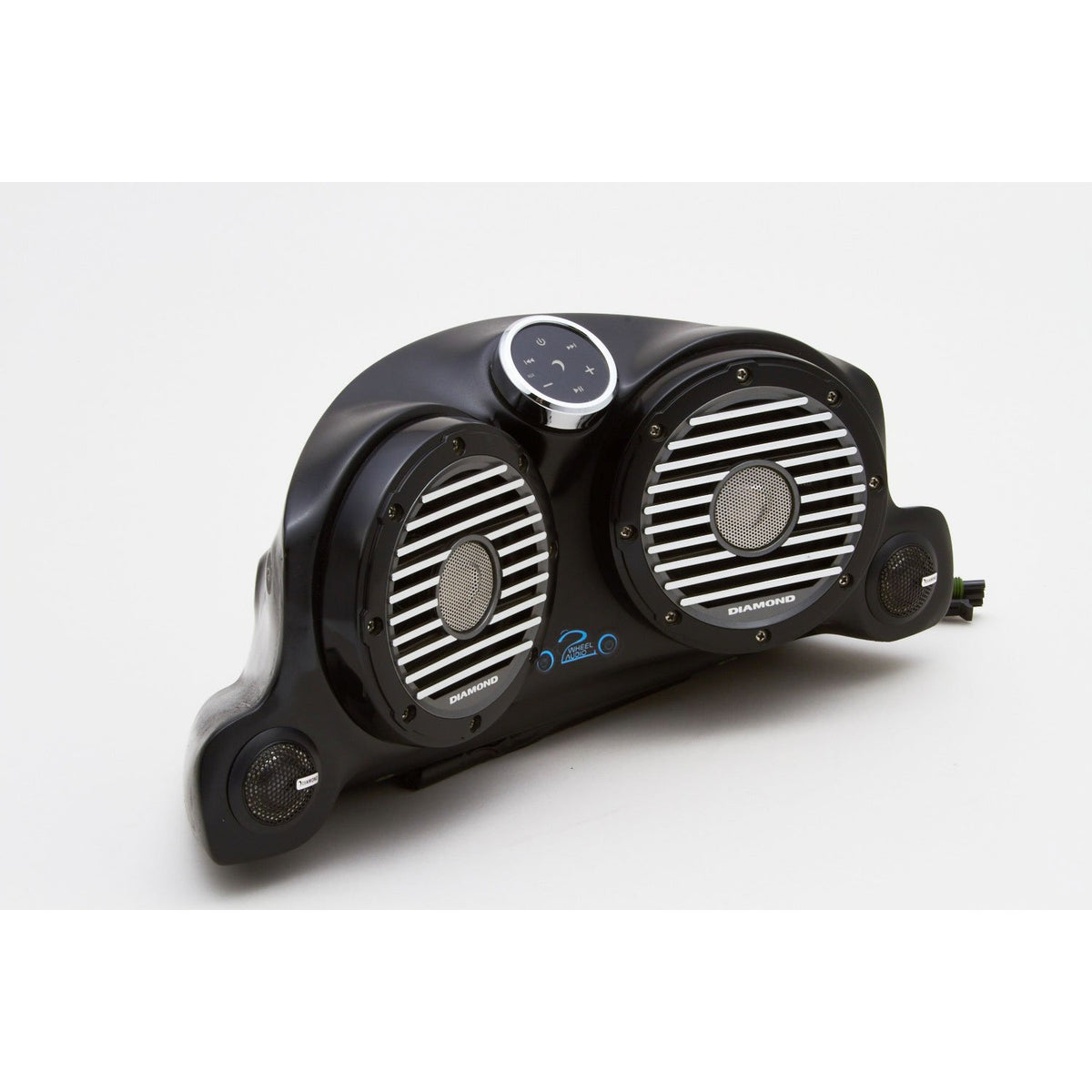
Unlike major scales, minor scales use more than one type of tonal sequence. This sequence applies to ALL major scales and can consequently be transposed into any key. The first whole step occurs between C4 and D4, while the first half step occurs between E4 and F4. Major scales are built on the following tonal sequence: whole – whole – half – whole – whole – whole – half.
#4 octave range series
Like all scales, the major scale is made up of a series of whole steps (the larger steps, also called “whole tones”) and half steps (the smaller steps, also called “semitones”). For those singers who are new to singing scales, the easiest way to conceptualize scales is to imagine a staircase-some of the steps are larger and some of the steps are smaller, but all of the steps lead to the duplication of the starting pitch.

#4 octave range plus
Both the major and minor scales contain seven pitches plus the repetition of the starting pitch an octave higher. Major scales are by far the most familiar scale structure to singers and usually the first type of scale introduced in voice lessons. (Do – Re – Mi – Fa – Sol – La – Ti – Do) Each scale increases in difficulty from the last-begin with major scales and advance onto the next as each scale becomes comfortable and has been sung throughout the vocal range. I’ve listed four of the scales most often used by singers below, all of which begin on Middle C so that the scales can easily compare to each other. For example, the singer can choose whether to sing a scale on vowels or solfège syllables, whether to sing an ascending scale, a descending scale, or both methods combined as one vocal exercise, and which direction to develop within the vocal range. Scales can be sung in a variety of ways and offer the opportunity for customization depending on each singer’s needs and goals. Additionally, because one scale typically covers several pitches spanning an octave, practicing scales challenges and expands the vocal range. Singing scales improves pitch memory (the ability to hear notes and phrases and accurately sing those notes and phrases), which is essential to any singer’s ear training. One of the reasons that scales maintain such popularity is because they’re seen as a pathway to good technique, and rightfully so. Likewise, chances are that most singers have dealt with singing scales at some point as a vocal warm up in their lessons, in their repertoire, or in their general practice routine. Sadly, now his own lyrics in this song could not be more relevant than at this moment, and I sing them now in reverence as I pay tribute to this unequalled artist who has given all of our lives so much inspiration and made the world so much more interesting.As a voice teacher of students diverse in age and experience level, I’ve undoubtedly heard more requests for learning and practicing scales than any other vocal exercise from singers in voice lessons.


It has a timeless relevance for me and practically everyone I know. “I performed his song Nothing Compares 2 U for the first time a couple months ago. “Prince’s music is the soundtrack to the soulful and beautiful universe he created, and we have all been privileged to be part of that amazing world,” he stated. It would be one of the last songs recorded by the singer – the final being The Promise, from the film of the same name. But of all these reinterpretations, it was his take on the Prince-penned Sinéad O’ Connor hit Nothing Compares 2 U that seemed able to stop any listener in their tracks.

As he grew in confidence as a solo artist in his own right, Chris began putting his own stamp on famous songs by more mainstream artists including Michael Jackson, Bob Marley and U2.


 0 kommentar(er)
0 kommentar(er)
